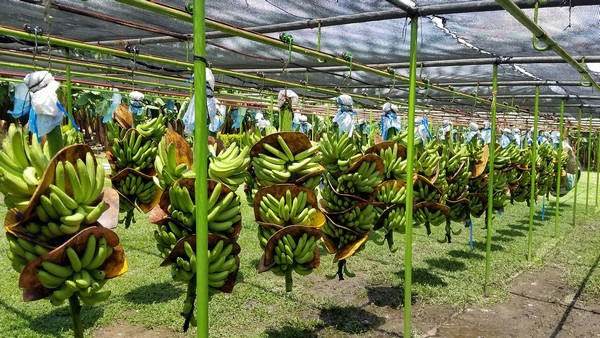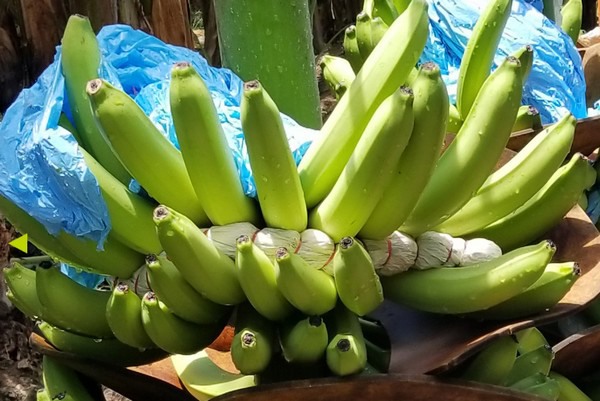Following last week’s reports that banana producers in El Oro, Guayas and Los Rios, Ecuador blocked roads to draw attention to the depressed banana pricing in the country currently, one shipper believes protests like this will continue to take place in the short term.
“This will continue. The fundamental problem is going to remain unsolved and it comes down to supply and demand,” says Andy Thomas-Stivalet of Kadivac Produce.

The Ecuadorian banana producers want to be paid the minimum amount the government stipulated--this year’s minimum support price is $6.25/box. “But the supply of bananas is much higher in the country now than before. Fundamentally, the situation is going to continue to deteriorate. The spot price of a box of bananas in Ecuador is at $2-$3. They want $6-$6.50 and there’s nowhere to come up with that money,” says Thomas-Stivalet.
The issue is largely tied to the current Russia-Ukraine war, though issues around banana pricing pre-date the start of that conflict. “Russia, Ukraine, Eastern Europe and the Middle East have for the past few years been the expanding markets for bananas,” he says. “Over the last 10 years, we had started developing an oversupply of bananas in the world and those were the markets absorbing all of that fruit. There hasn’t been a retraction in the supply of bananas because of that. But now that Russia and the Ukraine are closed, that’s a large amount of bananas floating around without a home.”
Fruit staying put
Much of those excess bananas have in turn stayed in Ecuador. “At first they were contacting people all over North America trying to place the fruit,” says Thomas-Stivalet. “But no matter how cheaply the fruit was priced, logistics costs were too high in most regions to compete with fruit from Central America and Mexico.”
According to data from the Association of Banana Exporters of Ecuador (AEBE), losses in both Russia and the Ukraine totaled around $27.52 million during the first five weeks of the conflict.

In the short term, Thomas-Stivalet anticipates protests to last awhile longer. “They’re going to have to try and sell at whatever price they can to survive for as long as they can,” he says. “I don’t think any producer can survive without cash-flow for more than three to four weeks. A month is going too far because the inputs they have to put into growing bananas are extremely high. You’re working with razor thin margins so any disruption like this will put you under. I think you’ll see a reduction in the supply throughout the world--not just Ecuador. It’s a tough year for a lot of producers and many people are going out of business.”
For more information:
Andy Thomas-Stivalet
Kadivac Produce
Tel: (+52) 962-625-3303
Sales@kavidac.com
https://www.kavidac.com/
